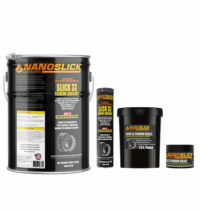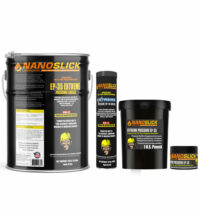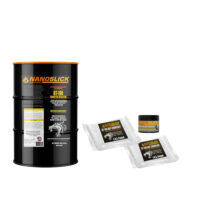Types of Friction
There are several different types of friction, each of which is the mechanical force that resists movement or hinders movement between surfaces. These types of friction are called external friction, there is also internal friction which is the result of friction between lubricant molecules, measured as viscosity.
SLIDING FRICTION

This is friction from a pure simple sliding motion. The coefficient of friciotn is the dimensionless ration of the friction force F and normal force N.
ROLLING FRICTION

This type of friction is generated by rolling contact,for example roller bearings. In the example of roller bearings the main cause of friction is actually sliding friction in the contact zones between the rolling elements and the raceways. If rolling and sliding motion combine to any real significant extent, like gear tooth meshing, then it is call “Walzreibung” derived from the ‘Walzen’ (rolling) used in Germany.
STATIC FRICTION
The static coefficient of friction is defined as the coefficient of friction corresponding to the maximum force that must be overcome to initiate macroscopic motion between two bodies (ASTM).
KINETIC FRICTION
This occurs under conditions of relative motion. ASTM defines the kinetic coefficient of friction as the coefficient under conditions of macroscopic relative motion of two bodies. The kinetic coefficient of friction sometimes called dynamic coefficient of friction is usually somewhat smaller than the static coefficient of friction.
STICK-SLIP
Stick–slip is a special form of friction which often results from very slow sliding movements when the friction partners are connected to a system which can vibrate. The process is influenced by the dependence of the coefficient of sliding friction on speed. Stick–slip can cause chatter marks on components.
-
NanoSlick Slick-33 Ultra Low Friction Grease
Rated 4.93 out of 5$24.95 – $1,693.95 -
NanoSlick EP-35 Extreme Pressure Grease
Rated 4.91 out of 5$26.95 – $1,793.95 -
NanoSlick Black Widow Tungsten Firearm Lubricant
Rated 4.95 out of 5$21.95 – $57.95 -
NanoSlick DT-100 Tungsten Disulfide Lubricant
Rated 4.94 out of 5$36.95 – $8,373.95




